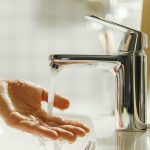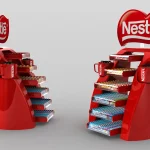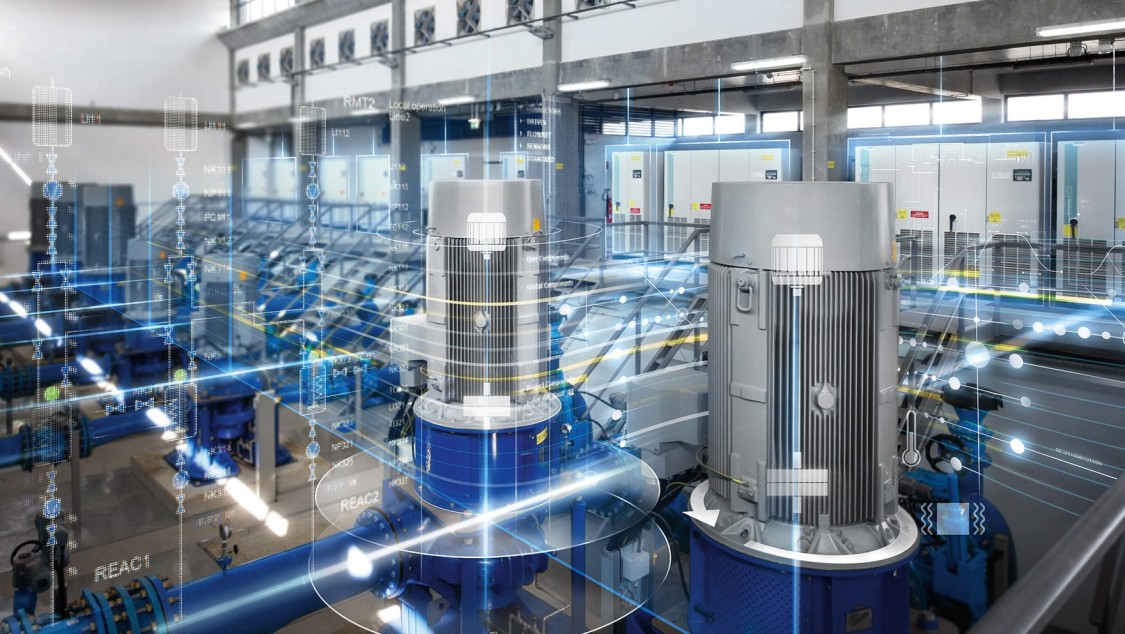A fire water pump must be large enough to keep system pressure above a certain point and at the system flow demand. This is typically accomplished with a bourdon type pressure switch connected to the controller.
Horizontal split case fire pumps are popular because they are easy to access for maintenance and come in a wide range of rated flow capacities. They also have a long lifespan.
Impeller Design
Fire pumps require a large diameter impeller that can disperse a lot of abrasives during operation. This design can help prevent clogging by allowing larger suspended solids to pass through the impeller without impacting it.
This design also allows the pump to create a vortex that increases suction pressure and flow. This can help reduce sand and other abrasive materials that cause wear and damage to the mechanical seal and bearings.
It is critical that at the manufacturing stage the impeller and rotating elements are balanced. Unbalanced forces lead to unequal radial loads which result in accelerated components wear and premature pump failure.
NFPA 20 establishes several hydraulic requirements that must be met by the fire water pump including a minimum shutoff (churn) pressure, maximum power consumption at NPSH value and the minimum pump rated head at the point of shutdown. These conditions ensure the pump can handle a sudden increase in demand during a fire emergency.
Flame Plated Impellers
A fire pump is designed to boost water pressure and flow for sprinkler systems. Its job is to make up the difference between system demand and system supply capacity. This can be achieved through a variety of methods, such as choosing different sprinkler heads and resizing pipes. Fire pumps, however, are the most expensive component of a fire sprinkler system and require more complex maintenance than other components.
An impeller is a rotor that contains vanes or blades that increase the velocity and pressure of a liquid or gas media. As the media moves from the impeller eye toward the outside diameter, it gains velocity and pressure until reaching the point nearest the outer surface of the impeller where it decreases in velocity and regains pressure according to Bernoulli’s principle.
Stainless steel cast pump impellers are commonly used to transport clean water and similar liquids. Using the right casting material and proper care can minimize corrosion.
Seals
A fire water pump’s seals play an important role in delivering the pressure needed for proper operation of the fire fighting equipment. This includes the intake valves as well as the pump’s shaft seal.
A mechanical seal is comprised of two optically flat, highly polished faces, one stationary and the other fixed to a rotating shaft. A lubricating liquid forms a thin film between the two opposing surfaces providing cooling and aiding in heat dissipation.
These seals are typically positioned in the volute section of the pump which directly surrounds the impeller and controls the flow of water from the inlet side to the discharge. Depending on the design of a specific pump, it may also incorporate a lantern ring. Generally, packing is best adjusted while the pump is running to find the right balance of leakage and temperature. This can be accomplished during routine maintenance runs recommended by NFPA 25.
Motors
As with all mechanical equipment that sits idle for a great deal of time, fire water pumps can become damaged over the years. That’s why they require more robust design, better material selection and manufacturing technology.
The motors on a fire pump are what push the water to the nozzle and provide the required pressure and flow. Electrical motors (outlined in NFPA 20) are the most common type, but diesel engine and steam turbine systems are also available.
The main fire pump motor must be sized to start automatically whenever there is a decrease in system pressure from the closest hydrant. The pump must then be large enough to keep the pressure above the specified set point at all times, as well as provide the design flow rate. For this reason, a constant rising power curve is often used with fire pumps. To ensure the driver is sized properly to meet this requirement, it is important to look at the factory-certified test curve when purchasing a new fire pump.









